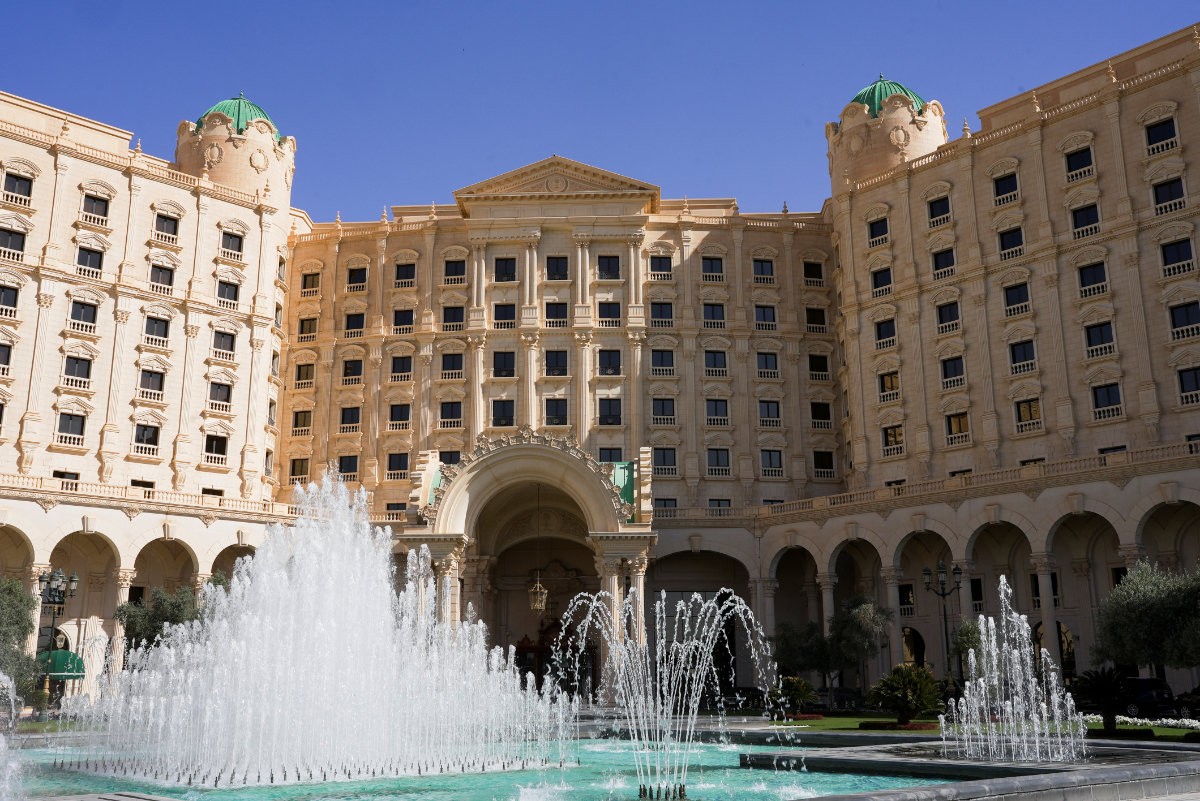KYIV, Ukraine: After three days of intense negotiations, the Trump administration, Ukraine and Russia agreed to a limited ceasefire in which the key details, including what was covered and how it will start, were disputed by the warring sides, indicating the road to a complete truce will be long and mired with contention.
The negotiations focused on easing Black Sea shipping and halting long-range strikes on energy infrastructure, relatively low-hanging fruit that both sides had experience in negotiating before the US brokered indirect talks.
While much is yet unknown, here is a breakdown of the key elements of the partial ceasefire and what is at stake in the coming weeks as talks continue.
The limited ceasefire began with a rocky start
Conflicting statements emerged immediately after the talks on Tuesday. Both sides differed on the start time of halting strikes on energy sites and accused the other of violating the ceasefire.
Russia also conditioned its part in opening Black Sea shipping on the US lifting sanctions, which Kyiv dismissed.
Russian officials have greeted the results of the talks with optimism, and Ukrainian President Volodymyr Zelensky described it as a good start, though some Ukrainian officials have expressed discontent.
“Something tells me this is more advantageous for the enemy,” Ukrainian lawmaker Yaroslav Zheleznyak told the Interfax Ukraine news agency.

A general view of the Ritz-Carlton hotel in Riyadh, where talks between Russia and the US were held on March 24, 2025, in an effort to end the conflict between Russia and Ukraine. (Reuters)
Stopping fighting around Black Sea shipping routes
The US said Tuesday it had reached a tentative agreement with Ukraine and Russia to stop fighting and ensure safe navigation in the Black Sea in separate talks with the two sides.
Details of the deal were not released, including how or when it was to be implemented and monitored, but it appeared to mark another attempt to ensure safe Black Sea shipping after a 2022 agreement that was brokered by the UN and Turkiye was halted by Russia one year later, in July 2023.
Russia said the Black Sea deal announced Tuesday could only be implemented after sanctions against the Russian Agricultural Bank and other financial institutions involved in food and fertilizer trade were lifted and their access to the SWIFT system of international payments was ensured.
Zelensky said Moscow was lying about the terms of the agreement, despite the US later saying it would help restore Russia’s access to the world market for agricultural and fertilizer exports.
It’s unclear how the Black Sea deal would benefit Ukraine
While the benefits to Russia are clear, Ukrainian officials questioned how the Black Sea deal announced Tuesday would profit them. It isn’t clear, for instance, if it would also halt attacks on Ukrainian ports.
“Personally, I don’t think this will significantly boost our export capacity. Frankly speaking, thanks to Ukrainian naval drones, we have considerably expanded our capabilities in the Black Sea,” Ukrainian lawmaker Zhelezniak said.
That’s because Ukraine took matters into its own hands after Russia backed out in 2023 of the earlier deal to ensure safe Black Sea shipping. Ukraine carved out a trade route requiring ships to sail near the coast lines of Bulgaria and Romania, guided by the Ukrainian Navy. At the same time, Ukrainian forces launched a campaign of sea drone attacks to further push back Russia’s fleet.
“Unfortunately,” Zhelezniak said, the new deal “worsens our position in terms of influence in the Black Sea.”
Trading blame over halting of energy strikes
The ceasefire also included a halt to long-range strikes on energy infrastructure, but sharp differences emerged immediately after Tuesday’s announcement over when the halt to fighting would begin.
Moscow said the ceasefire had started on March 18 and accused Kyiv of violating the terms by striking energy sites inside Russia, a charge that Ukraine’s General Staff denied on Wednesday.
The Kremlin later posted a list of the types of facilities covered by the limited ceasefire.
It included refineries, oil and gas pipelines, oil storage facilities, including pump stations, power-generating and transmitting infrastructure, as well as power plants, substations, transformers, distribution switchgear, nuclear power plants and hydropower plant dams.































